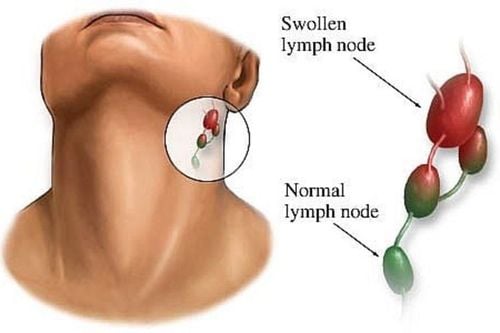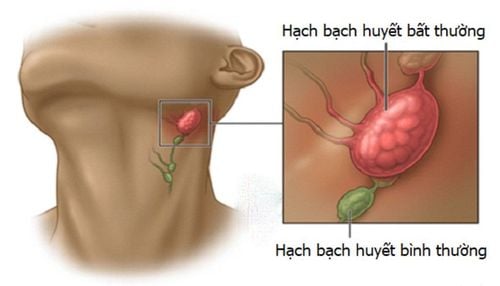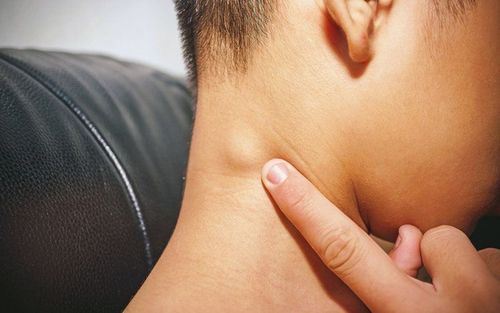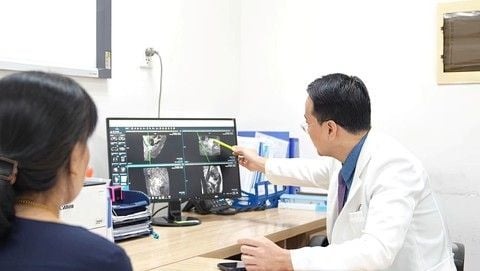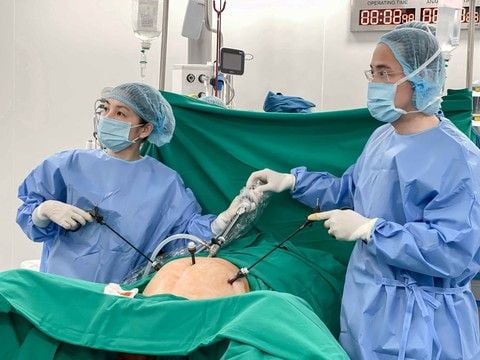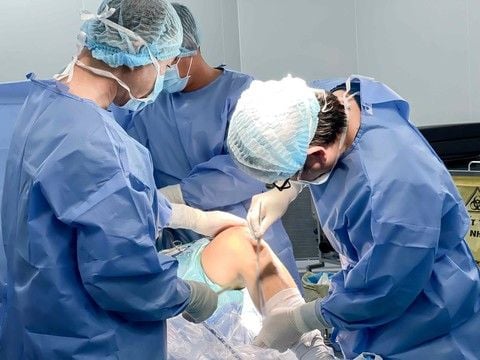Article professionally reviewed by Dr. Đặng Thị Ngọc Chương, Specialist Doctor level I - Pediatrician - Pediatrics and Neonatology Department, Vinmec Central Park International General Hospital
Swollen lymph nodes in children are not uncommon and can result from various causes. Early detection of lymph node swelling in children significantly simplifies the treatment process.
1. The function of lymph nodes
Lymph nodes are part of the lymphatic system, which includes lymph fluid, lymphatic vessels, tonsils, thymus, spleen, and lymph nodes. The body contains over 600 lymph nodes. Some of these are located just beneath the skin's surface, while others are deep within the chest and abdominal cavities.
Lymph fluid contains white blood cells and other substances that help combat infections. As this fluid moves through the lymphatic vessels—a network of veins running parallel to the circulatory system—it is filtered by lymph nodes. Any abnormalities, such as infectious agents or cancer cells, are trapped and neutralized by the nodes.
Additionally, lymph nodes can respond to allergic reactions occurring on the skin or near the nose, throat, and ears. As a result, lymph nodes may swell if a child experiences an insect bite or a fever—this is a normal bodily reaction.
2. Where are lymph nodes located in the body?
Lymph nodes are small, soft, round, or oval structures connected to one another by lymphatic vessels, forming a chain spread throughout the human body. These include:
- Occipital region – located at the back of the head, in front of and behind the ears.
- Submandibular and submental regions – found under the jaw, under the chin, on the face, neck, and above the collarbones.
- Above the collarbones, in the armpits, and below the elbows.
- Behind the knees.
- Groin area.
- Cervical nodes – located at the front and back of the neck.
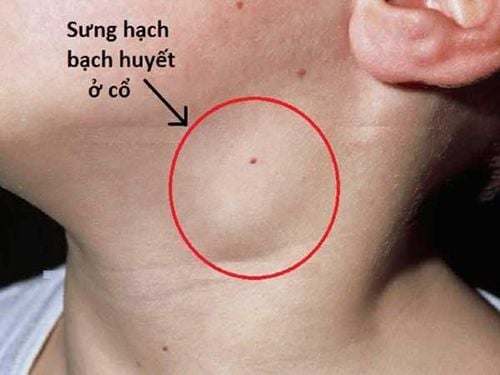
3. Causes of swollen lymph nodes in children
The lymphatic system is a part of the body’s immune system, so when children are fighting infections, allergies, or injuries, their lymph nodes may swell. In fact, children’s lymph nodes can be larger than those of adults, making them easier to feel and detect.
Many children experience swollen lymph nodes due to frequent infections, which trigger reactions in the nodes near the affected area. Common causes include:
- Upper respiratory infections, including colds and flu.
- Streptococcal pharyngitis
- Infectious mononucleosis, caused by the Epstein-Barr virus.
- Lymphadenitis, where one lymph node becomes infected.
- HIV infection, where lymphadenopathy is a common symptom of early infection.
- Lymphoma.
- Acute leukemia.
- Cat scratch disease, caused by the Bartonella henselae bacteria.
- Tuberculous lymphadenitis (Scrofula) – lymph node infection caused by tuberculosis.
- Kawasaki disease, a rare condition in infants.
- Lupus, an autoimmune disease.
- Dental issues, such as cavities.
- Cancer, though it is a rare cause.
Swollen lymph nodes can persist for over a month even after the infection in the child has resolved.
4. Symptoms of lymph node swelling in children
Lymph node swelling occurs when a child's body is fighting an infection, causing the nodes to enlarge. Children frequently encounter allergens and new infections, so their lymph nodes are often larger than those of adults. These signs indicate that the child’s immune system is effectively combating infections, so there is no need to worry excessively if you notice swollen lymph nodes.
In addition to swollen glands, doctors will assess other symptoms, such as the size, location, and consistency of the lymph node (soft, firm, or rubbery), to determine whether the condition is normal.
In fact, it is common to feel lymph nodes in a child’s neck even when they are healthy. If the node is smaller than 1.2 cm and the child shows no other symptoms, it is considered normal. You may notice additional nodes, especially in the neck, armpits, and groin. However, certain symptoms, such as prolonged unexplained fever, weight loss, fatigue, and night sweats, could indicate a more serious condition.
Parents should seek medical advice if they observe the following signs:
- Generalized lymph nodes swelling across the body.
- Nodes larger than 25 mm.
- Persistent swelling despite treatment.
- Enlarged nodes spreading to other parts of the body.
- Hard, painless, and immobile lymph nodes.
- Unexplained weight loss or night sweats.
- Swollen cervical nodes causing breathing or swallowing difficulties.
- Redness of the skin over the swollen node.
- Pain in the swollen node.
- Sore throat.
- Lymph node swelling in infants under 1 month old.
- Swelling in multiple areas.
- No apparent cause for the lymph node swelling.
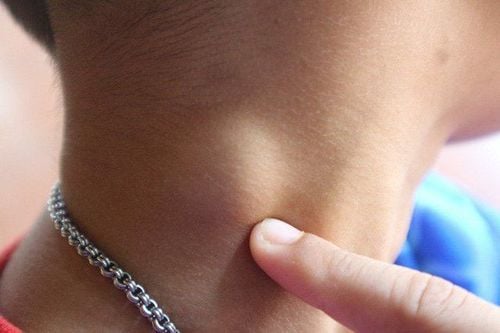
5. How is lymph node swelling treated in children?
Treatment depends on the underlying cause of the swelling. For example, if the swelling is due to a bacterial infection like sore throat, antibiotics may be prescribed. If caused by a viral infection, managing symptoms may be sufficient.
In some cases, the swelling is due to a true infection of the node itself, where the node becomes enlarged, the surrounding skin turns red, and the node is painful. In such cases, antibiotics and drainage of the infection may be necessary. Fever reducers like Acetaminophen or Ibuprofen can be used if the child has a fever above 39°C or experiences pain.
Parents should avoid pressing or compressing the swollen lymph node, as this can interfere with its natural reduction. After treatment, the lymph node size will gradually return to normal within 2–4 weeks, though it may not disappear completely.
Swollen lymph nodes are not as dangerous as often perceived, but parents should not ignore unusual symptoms. To ensure proper management, monitor your child closely or consult a specialist to determine the cause and develop an appropriate treatment plan. Never administer medication to your child without a doctor's guidance.
Currently, Vinmec International General Hospital offers a Comprehensive health check-up package for children. This package provides a full health assessment for children, including examinations of the eyes, oral health, blood pressure, and weight, as well as necessary lab tests and imaging diagnostics. The package helps parents perform a thorough health evaluation for the child, screen for symptoms, and detect and treat potential health issues early.
To arrange an appointment, please call HOTLINE or make your reservation directly HERE. You may also download the MyVinmec app to schedule appointments faster and manage your reservations more conveniently.

